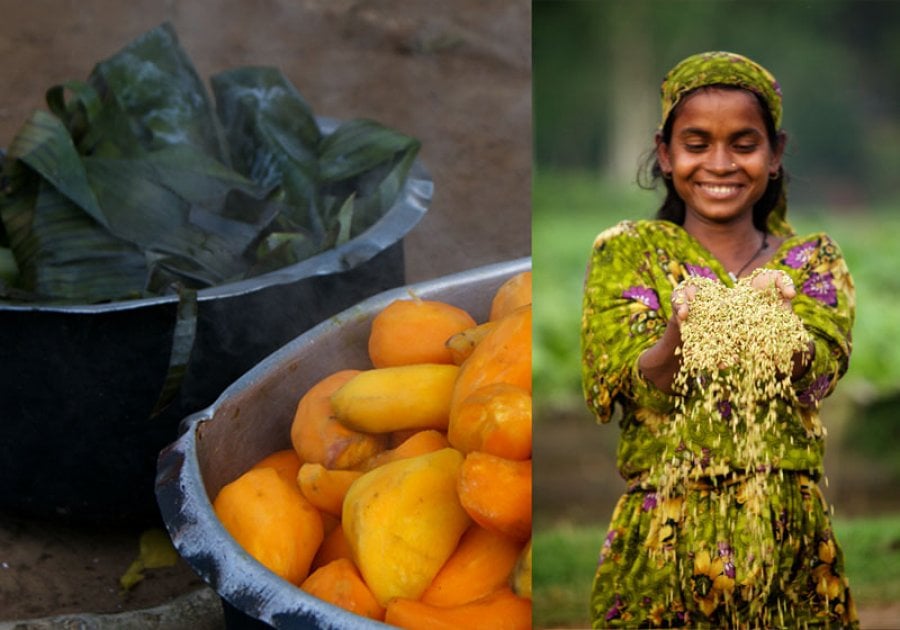Tackling Hidden Hunger through Biofortification

Two billion people lack essential vitamins and minerals, putting them at risk for blindness, disease, disability and even death.
One solution for tackling this “hidden hunger” unites agriculture and nutrition to improve the health and livelihoods of smallholder farming families – still the majority of the population in developing countries. This process, biofortification, uses conventional crop breeding to enrich the seeds of widely-consumed staple food crops with vitamin A, iron, and zinc, nutrients the World Health Organization has identified as the most deficient in diets globally.
More than 175 biofortified varieties of 12 staple food crops are now available or are under testing in 60 countries, including rice, wheat, maize, beans, sweet potato, cassava and pearl millet. Peer-reviewed clinical trial data has demonstrated that women and children who eat biofortified foods experience complete reversal of iron deficiency; decreased night blindness and diarrheal disease; and improved cognitive and physical performance.
The Copenhagen Consensus, a group of international economists, has ranked biofortification as highly cost effective, estimating that $1 of investment in biofortification yields $17 of benefit. More than 30 million people are currently growing and eating these healthier foods worldwide, and with sufficient investment and global cooperation, millions more stand to benefit.
To reach one billion people by 2030, there are three key challenges: 1) mainstreaming biofortified traits into plant breeding programs; 2) building consumer demand; and 3) integrating biofortification into public and private policies, programs, and investments.
The seminar will be livestreamed
Admission
Contact